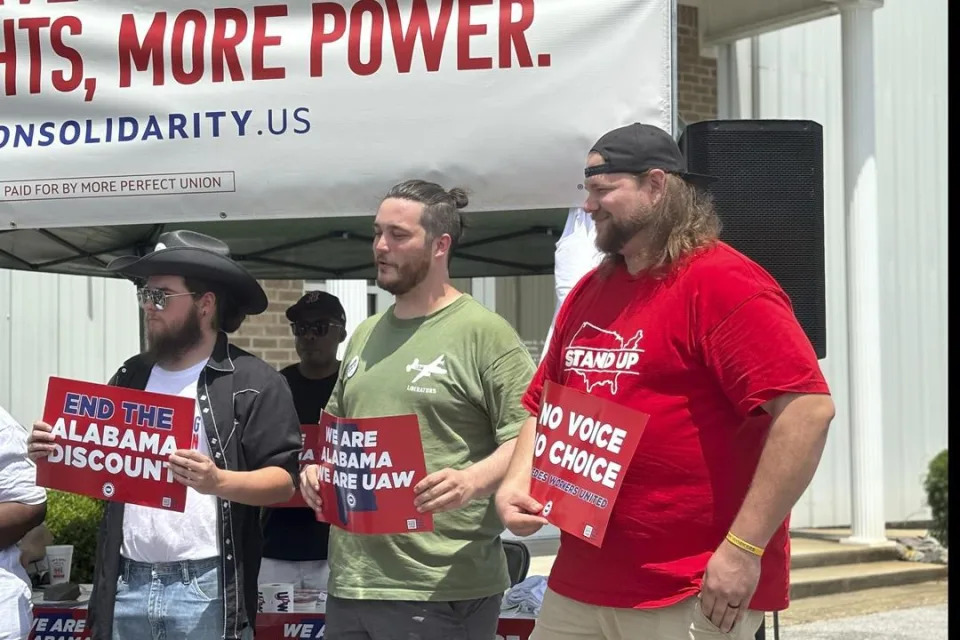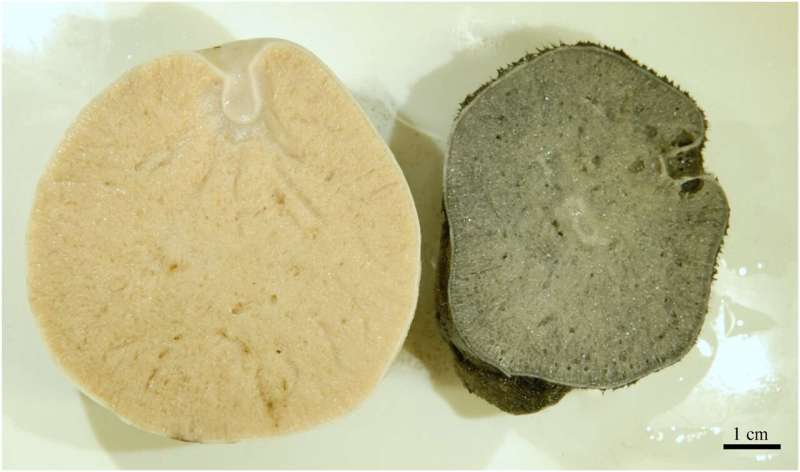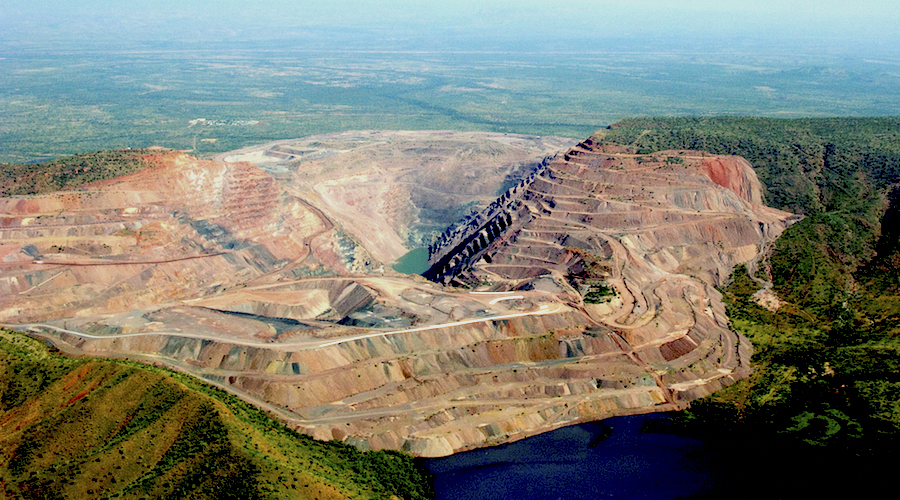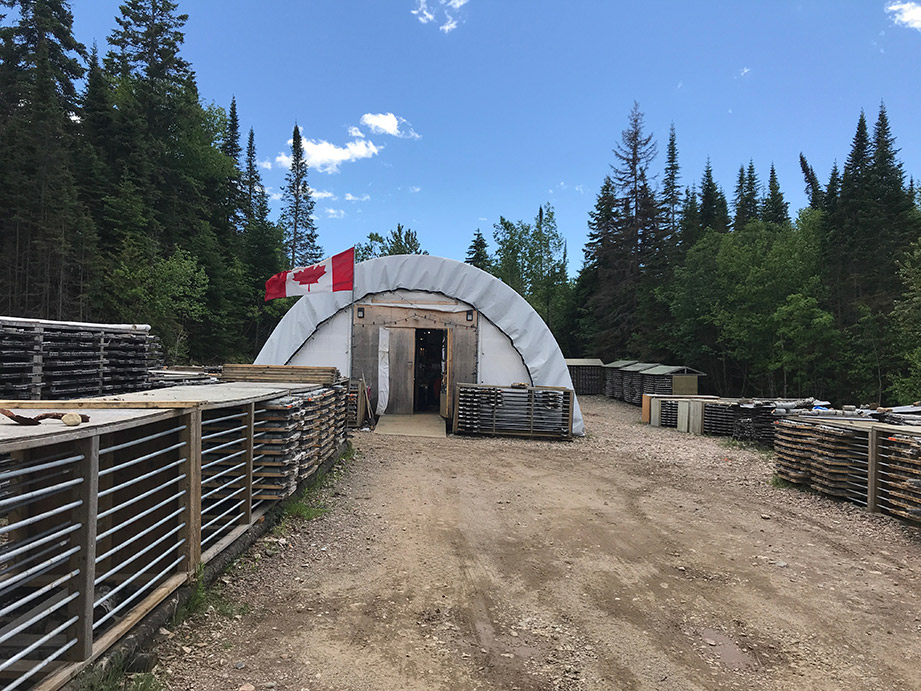Fri, May 10, 2024

TUSCALOOSA, Ala. (AP) — After 20 years at the Mercedes-Benz factory in Alabama, Brett Garrard said he is “not falling for the lies anymore” and will vote for a union.
The company has repeatedly promised to improve pay and conditions, but Garrard said those promises have not materialized.
“Mercedes claims that we’re a family, one team, one fight. But over the years, I’ve learned one thing: This is not how I treat my family,” Garrard said.
A month after workers at a Volkswagen factory in Tennessee overwhelmingly voted to unionize, the United Auto Workers is aiming for a key victory at Mercedes-Benz in Alabama. More than 5,000 workers at the facility in Vance and a nearby battery plant will vote next week on whether to join the union.
A win at Mercedes would be a major prize for the UAW, which is trying to crack union resistance in the Deep South, where states have lured foreign auto manufacturers with large tax breaks, lower labor costs and a nonunion workforce.
Garrard, 50, and other workers supporting the union told The Associated Press that their concerns include stagnating pay that has not kept up with inflation, insurance costs, irregular work shifts and a sense of being disposable in a plant where they assemble luxury vehicles that can cost more than $100,000.
“Yes, we’re Southern autoworkers, but we deserve autoworker pay,” Garrard said.
Mercedes currently advertises a starting hourly wage of $23.50 for full-time production members with pay topping out at about $34 in four years, according to a state worker training website. Several workers said they company recently increased pay only to try to stave off the union push.
Jacob Ryan, 34, has worked for Mercedes for 10 years, starting as a temporary worker around $17 per hour for “the same exact work” before being hired full time. Ryan, who says inflation is eating into employee paychecks, said he pays close to $1,200 each month for his son’s day care and his daughter’s after-school care.
“None of it goes to the employees. We’re stuck where we were, paying way more for everything,” Ryan said.
Ryan said the union push is getting more traction this time after the UAW won more generous pay for workers with Detroit’s three automakers.
After a bitter series of strikes against Ford, General Motors and Stellantis last fall, UAW members made big economic gains under new contracts. Top production workers at GM, for instance, now earn $36 an hour, or about $75,000 a year excluding overtime, benefits and profit sharing, which topped $10,000 this year. By the end of the contract in 2028, top-scale GM workers would make $42.95 per hour, about $89,000 per year.
Mercedes-Benz U.S. International Inc. said in a statement that the company looks forward to all workers having a chance to cast a secret ballot "as well as having access to the information necessary to make an informed choice” on unionization.
The company said its focus is to “provide a safe and supportive work environment” for workers.
"We believe open and direct communication with our Team Members is the best path forward to ensure continued success,” the statement said.
Worker Melissa Howell, 56, said that when she casts her ballot next week — voting begins Monday and will end Friday — she’ll vote against the union.
Howell, a quality team leader who has worked at the Mercedes plant for 19 years, is suspicious of the UAW after a bribery and embezzlement scandal that landed two former union presidents in prison. She grew up in Michigan and heard relatives employed by automakers speak poorly of the union.
Mercedes, she said, treated workers badly for a couple of years, aiding the union’s efforts to organize. But the company began improving conditions after the UAW started recruiting during the past few months, she said. The company did away with a lower tier of wages for new hires. The old plant CEO was replaced with a new one who walks the factory floor and listens to workers, she said.
“I feel like the improvements the company is making, it’s getting people to think long and hard,” Howell said.
Wearing a “Union YES” button at a rally outside a Tuscaloosa church, David Johnston, 26, said he thinks momentum is swinging in favor of the union.
“Everybody’s confident. Everybody knows we are going to win,” Johnston said.
Organizing workers at Mercedes will be tougher than it was at Volkswagen’s plant in Tennessee, largely because the UAW has not previously recruited enough workers to earn a vote at the Mercedes plant, said Art Wheaton, director of labor studies at Cornell University.
But the overwhelming Volkswagen win on the third plantwide vote since 2014 gives the union huge momentum heading into next week’s election, Wheaton said. At Volkswagen, the union had experience recruiting at the plant and knew workers from previous organizing drives, which ended with narrow losses, he said. A UAW win at Mercedes would be a bigger victory than at Volkswagen because it would come on the first try.
Wheaton said he wouldn't be surprised if the UAW wins at Mercedes, “but it’s tougher if you don’t have that same infrastructure in place.”
Alabama Gov. Kay Ivey and five other Southern governors have urged workers to resist the union, saying it could threaten jobs and stymie growth of the automotive industry in the region.
Ivey said in a statement that Mercedes has “positively impacted” tens of thousands of Alabama families since the plant opened in 1993 but the union "interest here is ensuring money from hardworking Alabama families ends up in the UAW bank account."
The Alabama vote comes on the heels of two high-profile labor fights in the state — an effort to unionize an Amazon warehouse in Bessemer and the end of a nearly two-year strike at Warrior Met Coal, where miners said they took cuts in pay and benefits several years ago to keep the mines open but did not see those benefits restored with the company regained its footing.
Former U.S. Sen. Doug Jones, the last Democrat to hold statewide office in Alabama, said unions have a long history of helping build the middle class in the state.
“This vote can be a turning point for Alabama for organized labor who is already seeing a rise in membership," said Jones, the son of a steelworker and grandson of a coal miner.
Kim Chandler And Tom Krisher, The Associated Press







